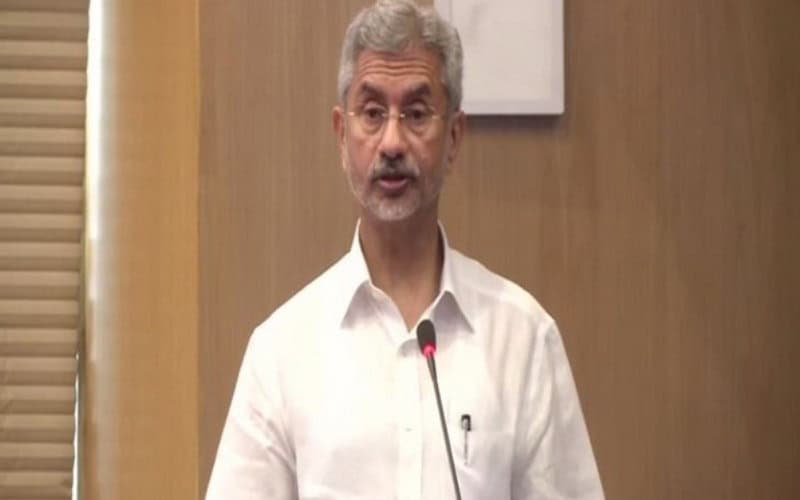Washington: The revocation of special status of Kashmir was part of India pitting “long-term thinking over short-term calculations”, which involved “deep structural changes and ambitious socio-economic initiatives” and what also “what were presumed to be intractable challenges” had to be addressed, “not ducked”, External Affairs Minister S. Jaishankar has said.
Addressing the Center for Strategic and International Studies think tank, on the topic, “Preparing for a Different Era”, he said: “Preparing for a more competitive and complex era will require a different mindset. For a nation like India, this would be in addition to the changes induced by its climb up the global power hierarchy.
“As a broad approach, it will be reflected in the primacy of long-term thinking over short-term calculations. It would encourage undertaking deep structural changes and ambitious socio-economic initiatives that can transform both habits and attitudes.
“In this world, what were presumed to be intractable challenges will have to be addressed, not ducked. An example to point is that of the recent changes in the Indian State of Jammu and Kashmir.”
On Pakistan’s stand on Kashmir, he said that for many years, “India sought a solution while Pakistan was comfortable with continuing with cross-border terrorism”.
“The choice as this Government came back to power was clear. Either we had more of past policies and the prospect of further radicalization. Or we had a decisive change in the landscape and a change of direction towards de-radicalization.
“The economic costs of the status quo were visible in the absence of entrepreneurship and shortage of job opportunities. The social costs were even starker: in discrimination against women, in lack of protection for juveniles, in the refusal to apply affirmative action and in denial of the right to information, education and work.
“All this added up to security costs as the resulting disaffection-fed separatism and fuelled a neighbour’s terrorism. At a broader level, these realities also contradicted our commitment that no region, no community and no faith would be left behind.
“The legislative changes made this summer put India and the entire region on the road to long-term peace. That is the reality today in the making. And this is the India that will navigate the world which I have described just now,” Jaishankar said.
Earlier, he described the global balance as being fluid.
“In this different era, there will be convergence with many but congruence with none. Finding common points to engage with as many power centres will characterize diplomacy at its highest level. For this reason, India finds it perfectly natural to engage a Chinese leader at Wuhan, the Russian one at Sochi and then go on to do the ‘2+2’ meeting of Foreign and Defence Ministers with the United States.
“At the G-20 in Buenos Aires last year, it engaged back to back, in fact this year as well, in two trilaterals: US-Japan-India as well as Russia-India-China. The country that fares the best is the one which has least problems with its peer group and the broadest acceptance beyond.
“For a number of reasons, the game has now become one of positioning and optimizing. The reality is that India either reaches out in as many directions as possible and maximizes its gains or takes a more defensive approach of avoiding engagement. This is not just about greater ambition; it is also about not living in yesterday. In this intensely competitive world, India’s goal should be to move closer towards the strategic sweet spot.”
But Jaishankar also cautioned that a world of “all against all” is neither desirable nor indeed probable.
“Thus, even as we look at an era of more dispersed power and sharper competition, the way forward is more likely to be new forms of accommodation rather than pure transactions. While nations will naturally each strive to advance their particular interests, similarities and affinities will always remain a factor. So, while this is an exposition on changes in international affairs, I would emphasize that the direction is towards a new architecture rather than the absence of one.”

